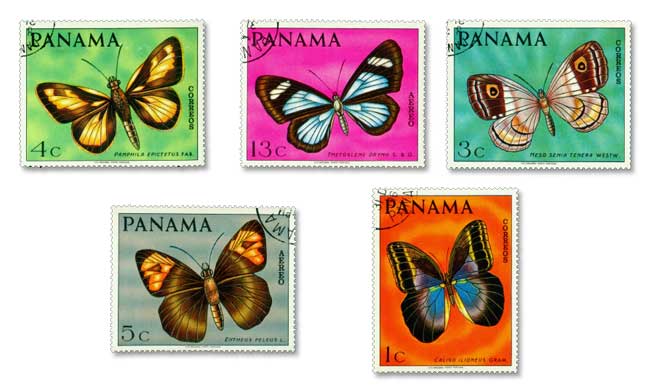Butterflies have joined the ranks of honeybees, bumblebees, moths and other insects that may be feeling the effects of the controversial neonicitinoid insecticides. UK researchers have found that even insects which do not pollinate oilseed rape may be harmed by the chemicals. Neonicotinoids - or neonics for short - are insecticides similar to nicotine, acting on the central nervous system to paralyse insects. One of them, imidacloprid, is the most widely used insecticide in the world. An American study found that butterfly species in California's Central Valley have dipped since the 1990s - around the same time that neonicotinoids were introduced.
Matthew Forister of the University of Nevada and his colleagues report in Biology Letters that those two events may be linked.
They ruled out warmer summers or other possible causes, and found that butterfly species in areas with higher pesticide use experienced the steepest declines.
A team from the Centre for Ecology & Hydrology studied the fate of 62 wild bee species over 18 years - the period since the widespread use of neonicitinoids began.
They found a link between the use of the pesticides and the odds of a particular bee population going extinct, they report in the journal Nature Communications.
The decline was, on average, three times stronger among species that regularly feed on the crop such as buff-tailed bumblebee (Bombus terrestris) compared to species that forage more widely.
The scientists report that they found evidence suggesting that neonicotinoid use is linked to large-scale and long-term decline in wild bees.
Source: Pitch Care, September 2016
https://www.pitchcare.com/magazine/butterflies-among-wildlife-feeling-e…

- Login om te reageren
